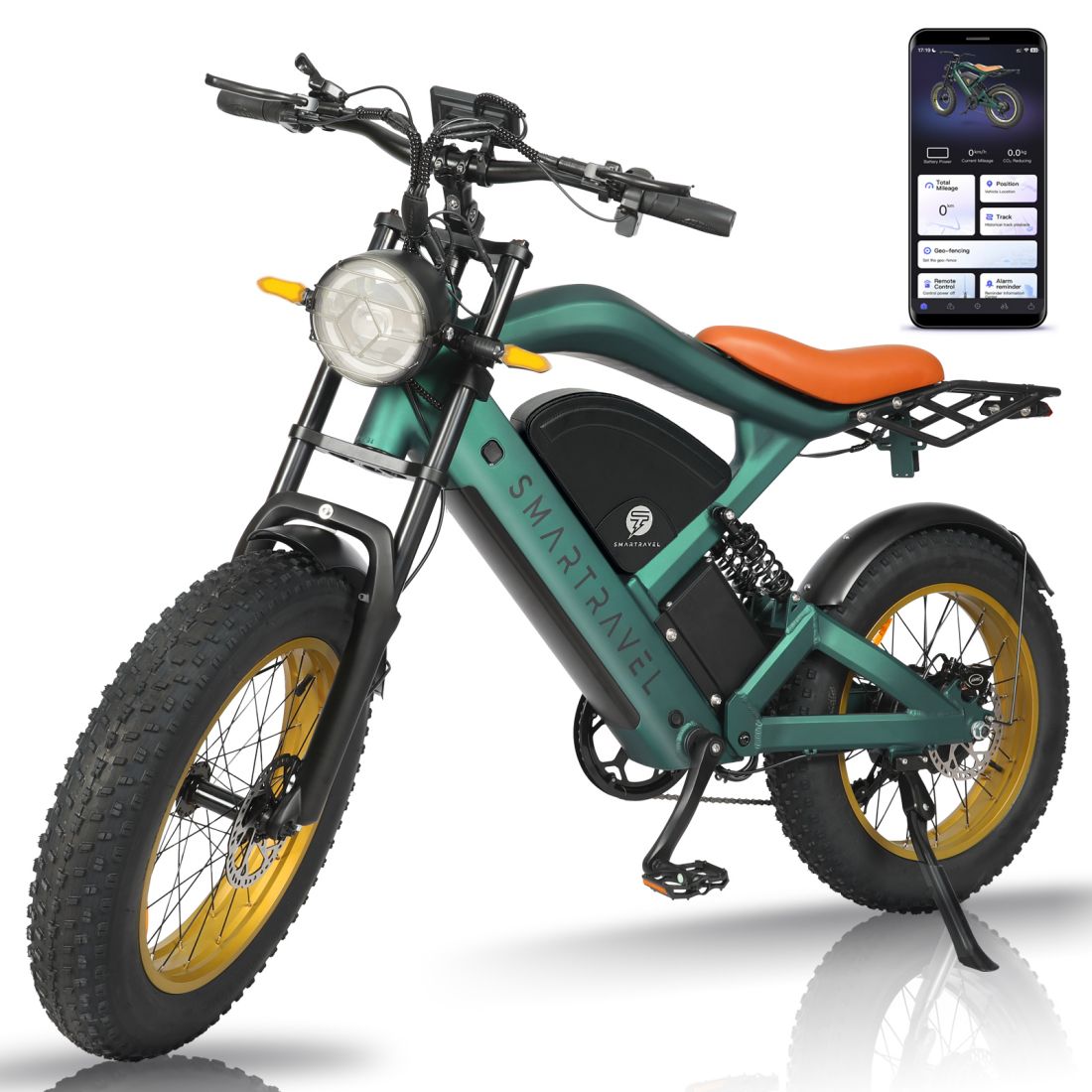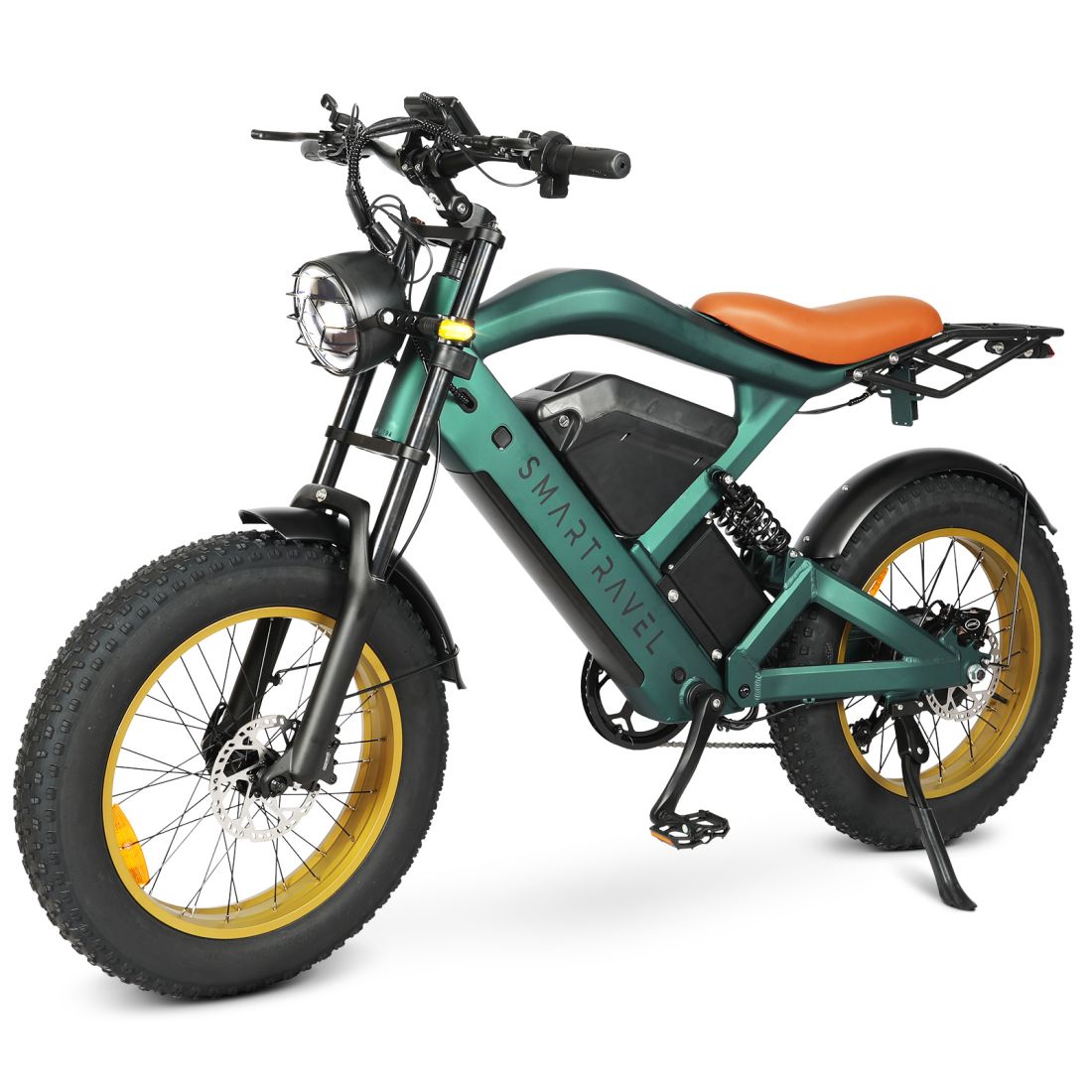Tips for Riding E-Bike in the Rain: Safety and Maintenance

Certainly, riding an electric bike in the rain is perfectly fine. However, when it comes to riding an electric bike in the rain, there are a few things every rider should be aware of. There are some important considerations and guidelines you must keep in mind in order to have an enjoyable riding experience . It also properly maintain your electric bicycle.
Today, let’s provide a safety guide for riding an electric bike in rainy conditions.
Can electric bicycles be ridden in the rain?
Yes, electric bicycles can generally be ridden in the rain. Most modern e-bike models are designed to be water-resistant and can withstand light precipitation or splashing without issue. The critical electrical components, such as the battery and motor, are typically sealed and protected from .
Due to the waterproof materials used in electric vehicles, they are well-suited for riding in the rain.
What you should do before you hit the road?
Map out your routeBefore you depart, it's crucial to check the weather forecast. If rain is expected or already occurring, meticulously planning your travel route in advance becomes vitally important. As you're well aware, inclement weather can introduce significant complications and disruptions to your journey.
You'll need to identify which road segments may be flooded or closed, and proactively plan to circumvent those hazardous areas. Similarly, if your route includes any pavement that is prone to oil slicks, it's imperative that you find an alternate path, as the added rainfall will dramatically increase the risk of dangerous, slip-and-fall incidents.
Give the E bike a once-over
Battery: Safeguard the electric motor, controller, and other components from water intrusion. Utilize waterproof covers or sealant tape to thoroughly protect the exposed interfaces.
Braking System: Conduct a thorough inspection to verify the proper functioning of the braking system. Inclement, wet road conditions can significantly impact braking performance, so extra precaution is warranted.
Tires: Ensure the tire tread depth is sufficient to maximize traction and grip. Severely worn tires significantly increase the risk of hydroplaning, so it is critical to promptly replace them when necessary.
Lighting: Verify the proper functioning of both the front and rear lighting systems. In low-visibility, rainy conditions, adequate lighting is essential for safely navigating the roadway.
Reflective Materials: Apply reflective tape or wear reflective apparel when operating the electric bicycle. This heightens your visibility to surrounding drivers, which is a crucial safety precaution.
Make sure you gear up right
Waterproof clothing: Put on a waterproof jacket, pants, and gloves to stay dry and warm.
Waterproof shoes: Pick waterproof shoes or add shoe covers to keep your feet from getting soaked.
Rain covers: Use an electric vehicle-specific rain cover to protect your vehicle and battery.
What you should do on the road?
Avoid Deep Puddles: If you come across an area with deep standing water, try to find an alternate route around it if possible. If you must drive through, choose a section where the water is shallower, and avoid going through anything deeper than halfway up your tire.
Slow Down: When riding in the rain, it's crucial that you keep your speed down. This will allow you to react quickly and brake safely if you encounter any hazards. When braking, be sure to assess the road conditions ahead of time and don't slam on the brakes.

What you should do after riding
Wipe Down the Bike: Use a clean, dry cloth to thoroughly wipe down the entire bike, including the frame, wheels, and any exposed components. This will remove any excess water or moisture.
Clean and Dry the Battery: Wipe down the battery pack with a dry cloth to remove any water. Avoid submerging the battery in water. Allow it to fully air dry before reattaching.
Store Bike Properly: Once cleaned and dried, store the electric bike in a dry, well-ventilated area to prevent moisture buildup.




















